No products in the cart.
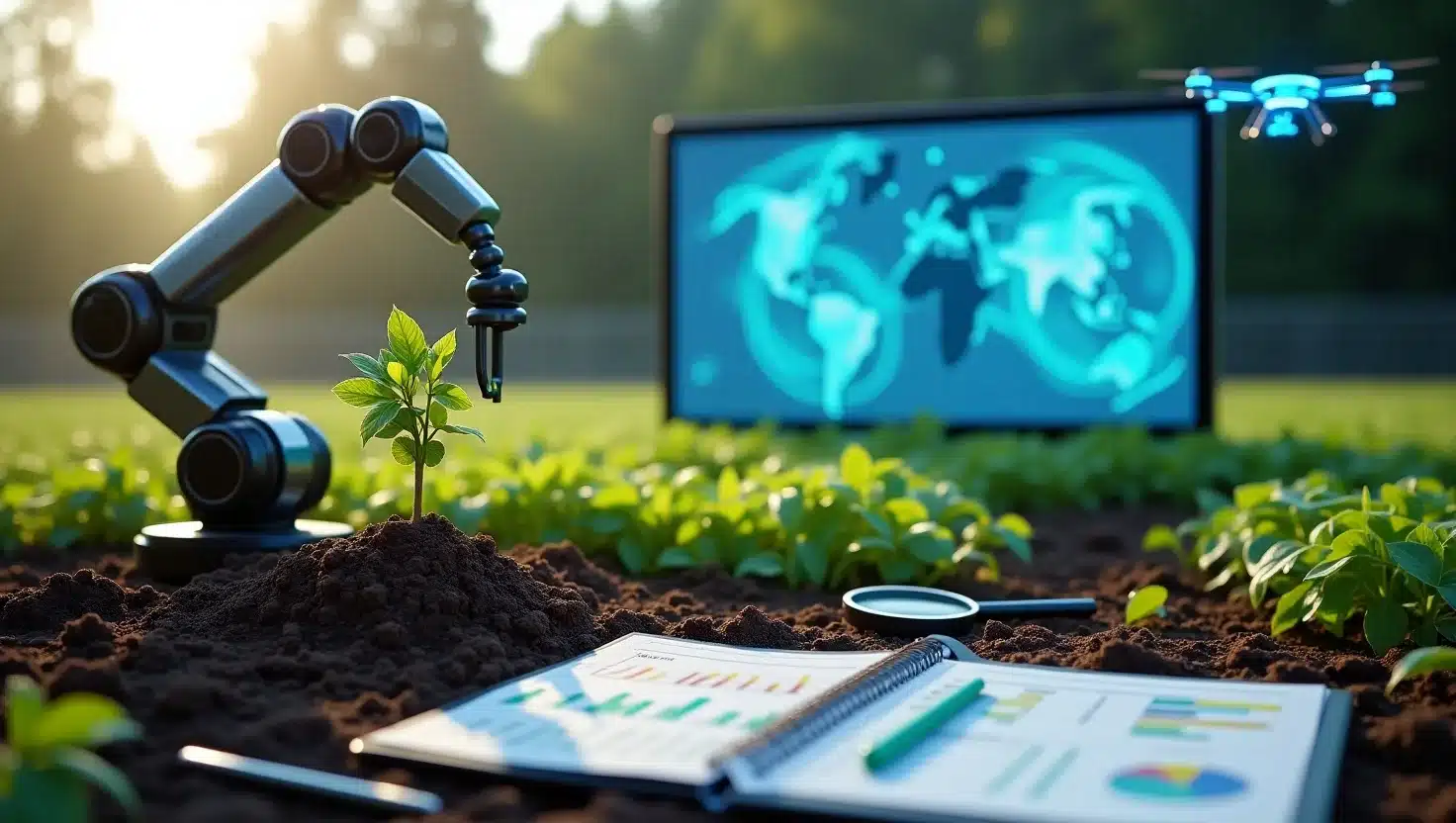
1. Introduction:
In recent years, livestock farmers around the world have faced a growing challenge: preventing disease outbreaks before they devastate herds and cut into profits. With the global demand for meat and dairy rising, the pressure to maintain healthy animals while minimizing losses has never been higher. Traditional methods of livestock health monitoring, such as visual inspection and periodic vet visits, are no longer enough. These reactive approaches often identify diseases only after symptoms become visible, by which point it’s often too late.
This is where AI livestock health monitoring is changing the game. Powered by sensor-based technologies and machine learning, AI enables farmers to monitor real-time animal data like temperature, movement, feeding behavior, and even vocalization patterns. These insights help detect signs of illness before they escalate, allowing for early disease detection in cattle, poultry, and other livestock.
As outbreaks become harder to control due to climate change and antibiotic resistance, adopting smart farming solutions is no longer a luxury, it’s a necessity. This article explores how AI-powered livestock monitoring is transforming animal health management and helping farmers stay one step ahead of diseases.
2. How AI Is Revolutionizing Livestock Monitoring
The use of artificial intelligence in livestock farming is reshaping how animal health is monitored and managed. Unlike traditional methods that rely on manual observation, AI livestock health monitoring leverages smart technologies—such as machine learning, data analytics, and real-time sensors, to continuously track the physical and behavioral patterns of animals. These systems collect data points like heart rate, body temperature, feeding times, movement, and even vocal cues to detect subtle health changes that a human eye might miss.
With AI-powered livestock tracking systems, farmers gain access to instant alerts and health reports, enabling early intervention before illness spreads. This proactive approach reduces animal suffering, enhances productivity, and cuts down treatment costs. By integrating computer vision and wearable sensors into livestock operations, AI provides a scalable, non-invasive solution for improving herd health on farms of all sizes.
Furthermore, predictive models built from historical health data can forecast disease outbreaks based on weather changes, stress indicators, and feeding irregularities. These smart farming tools not only improve disease prevention but also support long-term welfare and sustainability goals.
As farming becomes increasingly data-driven, embracing AI in livestock health tracking is becoming the new gold standard for modern agriculture.
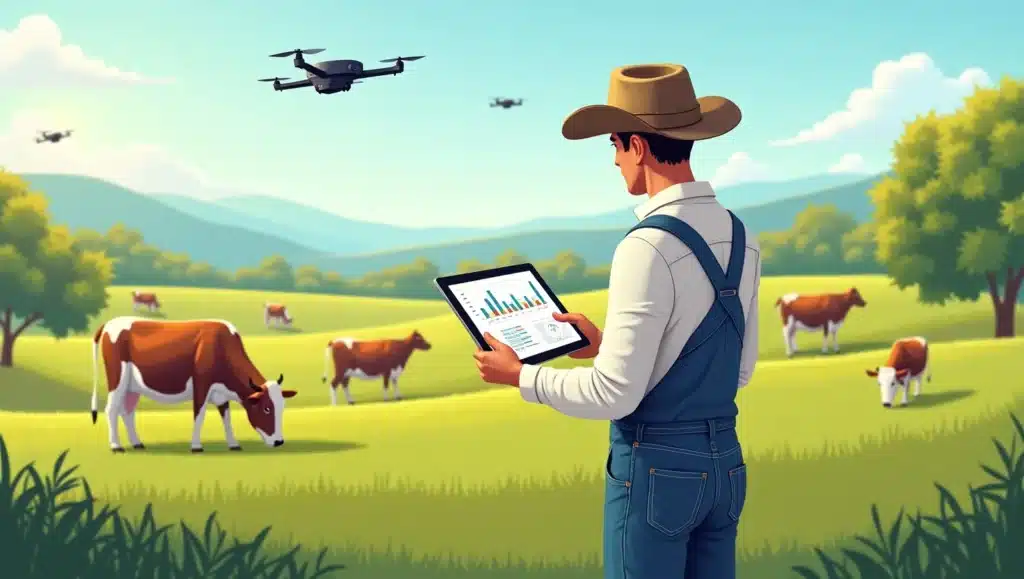
3. Key Technologies Behind AI Monitoring Systems
AI livestock health monitoring is powered by a network of advanced technologies that work together to provide precise, real-time insights. At the heart of this system are wearable sensors and IoT-enabled devices that track vital signs like temperature, heart rate, and physical activity. These devices attach seamlessly to animals, such as collars for cattle or leg bands for poultry, and stream data 24/7 to cloud-based dashboards.
Machine learning algorithms process this data to identify patterns and anomalies that might indicate early signs of disease, injury, or stress. For example, a sudden drop in activity or a change in feeding behavior could trigger an alert for potential illness. Computer vision is another key component, enabling AI cameras to monitor posture, gait, and even facial expressions to detect discomfort or pain.
These tools also integrate with farm management platforms, allowing farmers to receive alerts via smartphone apps and customize monitoring parameters by animal type, age, or health history. Some systems even connect with automated feeding stations or climate controls, enabling fully responsive environments.
By combining hardware like biometric sensors with powerful software, AI offers a robust, scalable solution to improve livestock health and operational efficiency on farms of all sizes.
4. Benefits of AI in Disease Prevention
One of the most powerful advantages of AI livestock health monitoring is its ability to prevent disease outbreaks before they begin. By continuously tracking health indicators, AI systems can detect subtle warning signs, such as increased rest time, decreased appetite, or abnormal body temperature, often days before a disease becomes visible.
This early disease detection means farmers can act quickly to isolate affected animals, administer targeted treatment, and prevent the spread of illness. The result is not only better animal welfare but also significantly reduced veterinary costs and antibiotic use. For instance, AI monitoring in dairy cattle has been shown to lower mastitis incidence rates by over 30%, saving thousands in lost milk production and treatment.
Additionally, by leveraging predictive analytics, AI tools can forecast potential health issues based on environmental changes, seasonal patterns, or stress indicators. This allows for proactive management rather than reactive care.
Beyond the animals’ health, the economic benefits are substantial, improved productivity, reduced losses, and better resource allocation. In the long term, AI contributes to more sustainable and ethical livestock farming practices, aligning with growing consumer demands for traceability and animal welfare.
Integrating AI herd health systems is not just about prevention, it’s about protecting the future of agriculture.
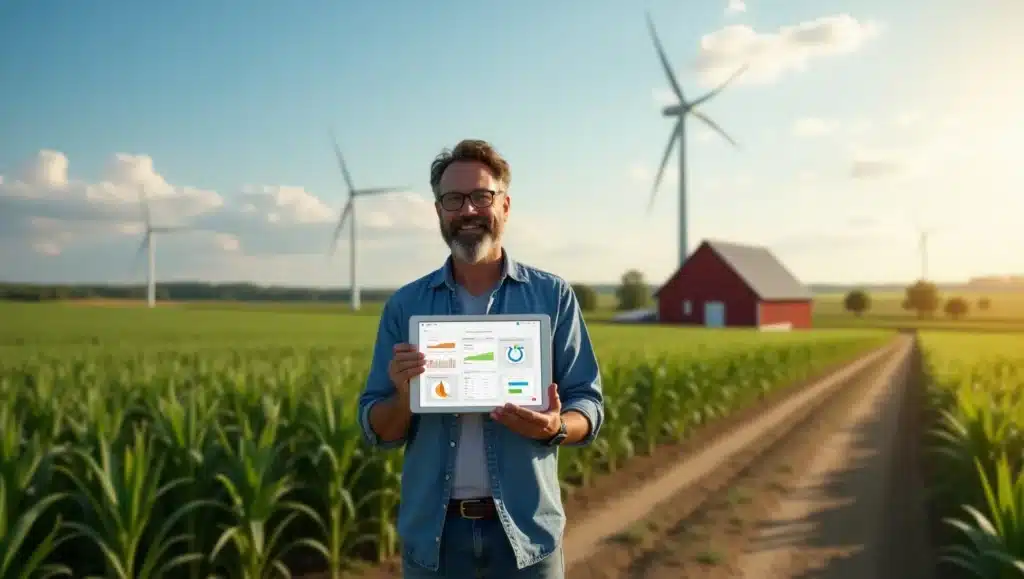
5. Real-World Case Studies
Several farms around the world have already experienced remarkable success using AI for livestock health monitoring. In Wisconsin, a mid-sized dairy farm integrated wearable sensors and AI algorithms to track cow activity, rumination, and temperature. Within six months, the farm reported a 40% decrease in disease-related losses and reduced treatment costs by nearly 35%.
In India, a poultry operation adopted computer vision AI tools to monitor bird movement and detect signs of illness in real time. The system helped identify subtle behavioral changes indicating disease 48 hours before visible symptoms appeared. As a result, the farm cut antibiotic use by over 50% and increased flock survival rates.
European pig farms have also benefited from AI systems that use predictive models to assess stress and detect early signs of respiratory illness. Farmers received mobile alerts enabling early intervention, saving hundreds of animals during peak disease seasons.
These case studies highlight how AI livestock health monitoring is adaptable across different species and farm sizes. Whether in cattle, poultry, or pigs, the evidence is clear: AI-powered solutions deliver real ROI, enhanced productivity, and healthier animals.
Such real-world success proves that AI isn’t just theory, it’s practical, proven, and here to stay.
6. Challenges and Ethical Considerations
While the benefits of AI in livestock monitoring are clear, farmers must also consider key challenges and ethical implications. One major concern is data privacy and ownership. With continuous health data being collected, questions arise over who controls that information, the farmer, the tech company, or the regulator?
Another challenge is technology accessibility, especially for small or resource-limited farms. High upfront costs for AI systems and training requirements can limit adoption. Government subsidies or cooperative models may be needed to bridge this gap.
There’s also an ongoing debate about animal welfare and over-surveillance. Some critics argue that constant monitoring may contribute to stress, particularly if not implemented thoughtfully. It’s crucial that AI systems are used to enhance, not replace, humane farming practices.
On the technical side, reliability and integration issues can hinder success. Inconsistent data, power outages, or poor internet connectivity may disrupt monitoring, especially in remote regions.
Despite these hurdles, the ethical use of AI in agriculture has the potential to elevate standards across the industry. Ensuring transparency, farmer education, and fair access will be key to unlocking its full potential, responsibly and equitably.
Addressing these issues today ensures that AI supports a smarter, more compassionate future for farming.
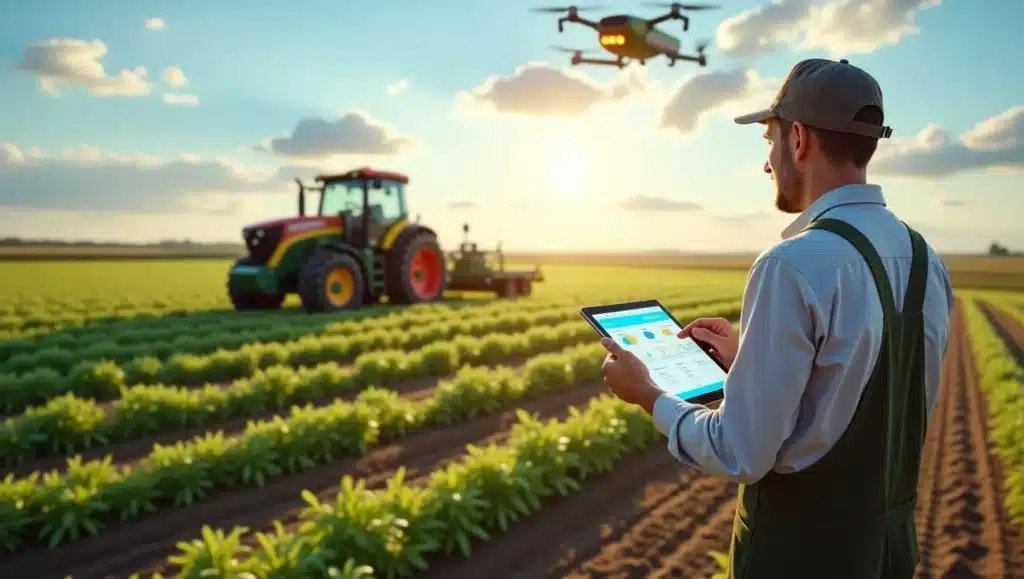
7. Future Trends and Innovations
The future of AI in livestock health monitoring is filled with promising innovations that will push boundaries even further. One emerging trend is the integration of blockchain technology with AI systems to ensure secure, transparent health records for every animal, beneficial for regulatory compliance and traceability.
AI-powered drones are also being explored for large-scale livestock observation, particularly in open grazing environments. These drones can scan herds using thermal imaging and detect anomalies in movement or temperature from above, providing faster intervention in hard-to-reach areas.
Another advancement is autonomous veterinary diagnostics, where AI tools not only detect illness but also suggest treatment protocols based on vast datasets and past outcomes. This can dramatically reduce response time and human error in livestock care.
In precision farming, AI-fed robots are beginning to manage feeding schedules and administer vaccines autonomously, ensuring timely intervention without disturbing animals.
We also expect to see more AI systems designed for small-scale farms, making these tools more accessible through mobile-first interfaces and modular setups.
As machine learning models continue to evolve, these systems will become smarter, faster, and more affordable, redefining animal health management for the next generation of farmers.
The future is not just digital, it’s intelligent.
8. Conclusion & Call to Action
AI in livestock farming is no longer a futuristic concept, it’s a present-day solution reshaping the way we care for animals. From early disease detection to real-time behavioral tracking and predictive insights, AI empowers farmers to be proactive rather than reactive. The result? Healthier herds, fewer losses, and a more sustainable, ethical approach to animal agriculture.
Whether you operate a large commercial operation or a small family farm, AI livestock health monitoring systems offer scalable benefits. As real-world case studies have shown, these technologies don’t just improve outcomes, they create a competitive edge.
Yet, to harness this potential fully, farmers must overcome barriers like cost, training, and trust in new technologies. It starts with understanding the tools, choosing the right solutions, and committing to a data-driven mindset.
If you’re ready to take the next step, explore our full guide on AI tools for livestock health. It’s time to move from guessing to knowing, because when you monitor smarter, you farm better.
👉 Download our free AI Livestock Monitoring Checklist or subscribe to our newsletter for updates on the latest agri-tech breakthroughs.
Let AI help you protect your animals, your profits, and your peace of mind.
FAQs:
Q1. How does AI detect disease in livestock?
AI detects disease by analyzing sensor data, including body temperature, movement, and feeding behavior. Machine learning models identify patterns that suggest early illness before symptoms are visible.
Q2. What are the benefits of using AI in livestock health monitoring?
AI enables early disease detection, reduces treatment costs, minimizes animal suffering, and boosts overall farm productivity by automating continuous health tracking.
Q3. Are AI health monitoring tools suitable for small farms?
Yes, many AI tools are now designed for affordability and ease of use on small farms, using mobile apps and modular sensor kits for scalable adoption.
Q4. What types of sensors are used in AI livestock monitoring?
Common types include wearable sensors (collars, leg bands), biometric sensors, RFID tags, and even computer vision systems with thermal or motion detection.
Q5. Is AI in farming expensive to implement?
While initial setup can be costly, the long-term savings in reduced losses and veterinary costs often outweigh the investment. Subsidies and partnerships can reduce barriers.
Related Articles
Livestock Farming
AI in Aquaculture: How Smart Tech is Transforming Fish Farming
1. Introduction: The world’s appetite for seafood is growing fast, yet traditional...
Livestock Farming
The Future of Farming: Why AI-Powered Tractors Are Gaining Popularity
1. Introduction: Across the world, farmers are grappling with rising costs, shrinking...
Livestock Farming
How Machine Learning Is Changing Fertilizer Application on Farms
1. Introduction: For decades, farmers have applied fertilizer using general formulas, blanket...
Livestock Farming
What Is Smart Farming? A Beginner’s Guide to AI in Agriculture
1. Introduction: By 2050, global food demand is expected to increase by...
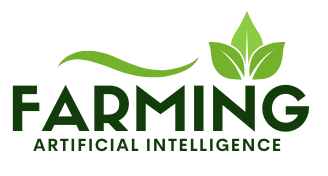


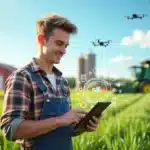



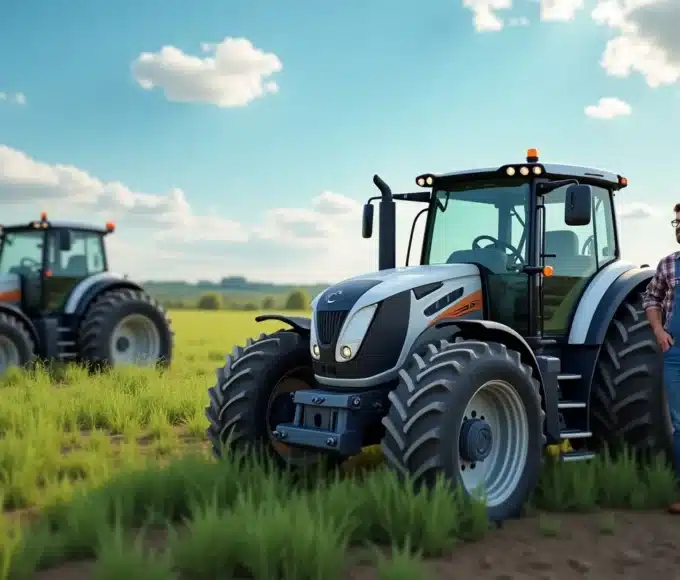
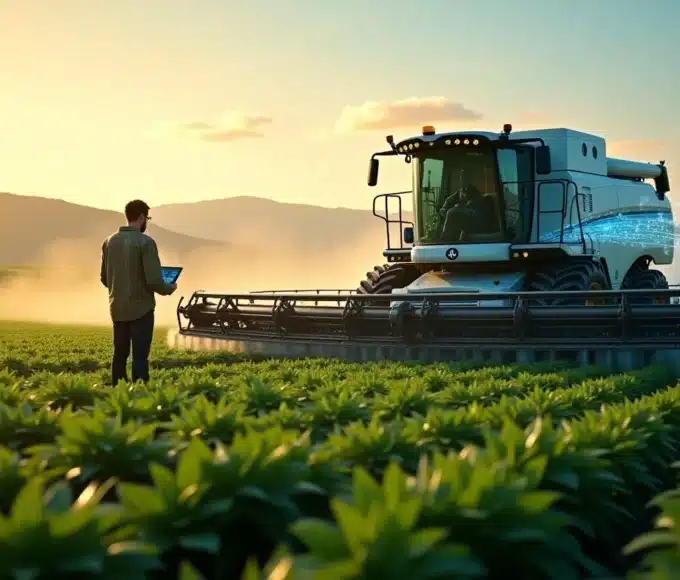
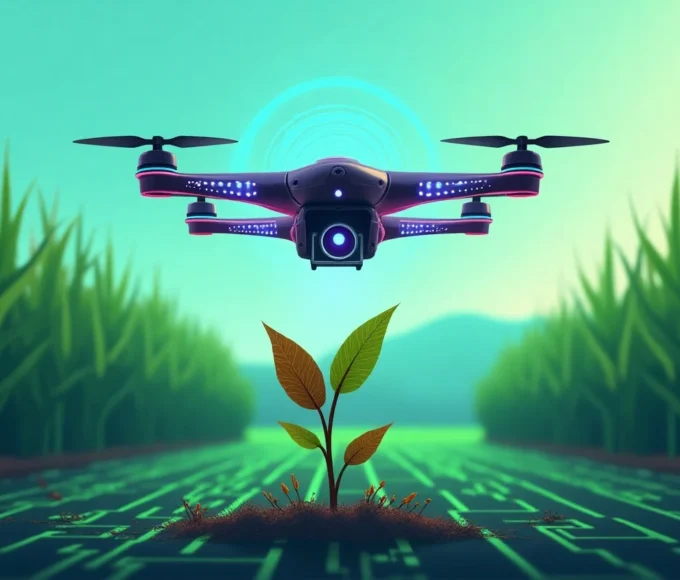
Leave a comment